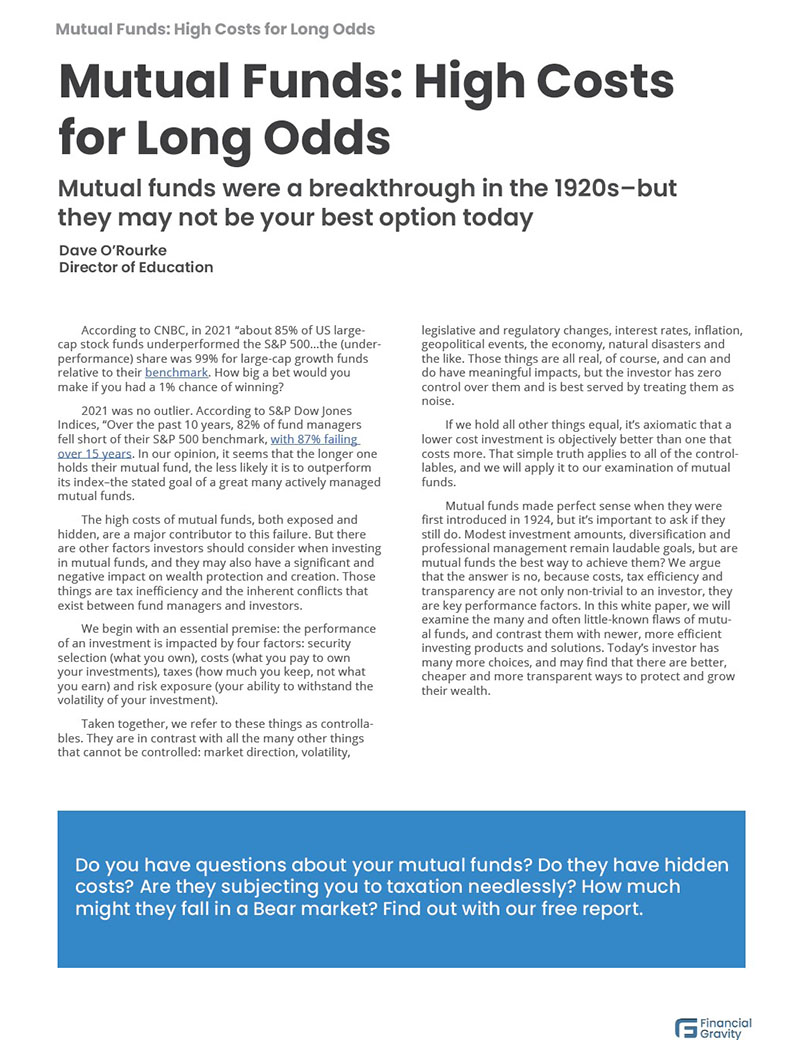2023: A Remarkably Resilient Year
Barring some unforeseen and momentous events, 2023 will be a pretty terrific year for American investors. The Dow Jones Industrial Average hit an all-time high on December 13th, then hit another one the next day. The S&P 500 is very close to a new record of its own, and the NASDAQ has nearly fully recovered from its Covid low in ‘22.
Despite the pandemic, the Dow has now hit a new high at least once per year for eleven consecutive years, and is poised to enjoy a twelveth one if this current bull continues into January. That would tie the all time record of 1989-2000.
The Fed’s recent announcement of planned rate cuts next year signal their belief that inflation has finally come under control, and was welcome news for residential real estate as mortgage costs may ease. Americans are likely to look back on 2023 as a year with relatively little in the way of disastrous news.
Yes, there were a few regional bank failures, the Writers Guild of America was on strike for much of the year, and there was a fraud of epic proportions perpetrated in the cryptocurrency world. If you fall into the “no news is good news” camp, you may be grateful for a year whose biggest story—by far—was the romance between a crossover country star and her football player from the heartland.
Truly unhappy endings were in relatively short supply in 2023. After all, no depositors were wiped out when Republic Bank went belly-up in March. In fact, all were made whole by the FDIC, even those with hundreds of times the $250,000 cap. If you were a Bitcoin holder, you had a hell of a year even if FTX and Sam Bankman-Fried did Madoff one better: Bitcoin began the year at $15,822 and hit $40,569 on the 11th of this month.
When you look back on your screen time in 2023, can you honestly say that the writers’ strike mattered much at all? While we’re still waiting for season two of Severance, we did spend 795 million minutes watching Ted Lasso last April. Boomers who grew up with three network stations, a weird UHF fourth choice, and a rooftop antenna probably think there’s too much content out there, not too little.
In the world of equity investing, the U.S. enjoyed a pretty good year, both in absolute and relative terms. Our 22.95% return is second to Japan’s 26.35%, while England’s FTSE is up a meager 1.82%, and the Hang Seng is off 15.11% (all prices as of December 15). France (17.02%) and Germany (20.24%) have enjoyed good years so far.
Japan’s terrific year comes as a surprise for those concerned about aging populations. Almost 30% of Japan’s people are 65 or older, and 10% are 80 or above. Japan’s population has fallen for 14 consecutive years. By contrast, fewer than 18% of Americans are 65 or older, just 4% of us are 80 or older, and the U.S. Census predicts we will continue to gain population until 2080. So that’s another bullet dodged in ‘23.
Earlier this year, a majority of economists predicted 2023 would see a recession in the US. In fact, a survey taken last March by the National Association of Business Economics found that 5% of those surveyed believed we were already in one. This year, our economy was surprisingly resilient, posting an annual growth rate of 4.9% in the third quarter.
The rest of the world was a complete mess, however. There are now two shooting wars involving nuclear powers. Americans, bounded by vast oceans and largely friendly border countries, read news about NATO, energy, immigration, and trade without much of the anxiety shared by the rest of the world. But while 2023 was a better year than expected, there are troubling signs about 2024.
2024: Resilience Will Be Tested
We started 2023 with plenty of worries: was the Pandemic really over? Would inflation moderate? Would interest rates peak and head back down? Could Congress kick its deficit dilemma? Would oil hit $100 per barrel and drive us into a recession? Some of those worries remain, and there are very real and foundational concerns about our economy for 2024. There are two very significant areas of concern with broad national reach: real estate and debt. While the two are somewhat related, they are also individually problematic.
The average rate for 30-year fixed mortgages is 7.03%, per Forbes. That’s actually good news—rates topped out at 7.79% in November, according to Freddie Mac. Median family income, $99,109, now lags qualifying income, $108,432. These values vary by region, of course. Affordability in the West is now down to just 64.3%, but nationally, it’s now true that the average family cannot afford to buy a home. It’s small wonder the Fed’s news was so welcome.
Housing’s combined share of U.S. GDP averages 15% to 18%, per the National Association of Home Builders. Housing starts in August “plunged” 11.3%, according to Reuters,and while that’s not a big surprise, it’s not positive for next year’s GDP numbers. Fewer new homes and more people reluctant to retire an existing mortgage below 3% to carry a new one above 7% will restrict supply, so prices may remain stable or even rise, but market dynamics point to a cooling period. The combination of affordability down and interest rates up forecast a tough year for residential real estate in 2024, even with some moderation in mortgage rates.
Commercial real estate is well into a down cycle at this point. Cushman Wakefield forecasts another 5.4% decline in effective rents next year, which they say will bring the drop since the previous peak to 23%. Rents down by almost one quarter is a huge number. New commercial construction is now down by over 50%.
The Commercial Real Estate Development Association reported that commercial real estate contributed $2.3 trillion to U.S. GDP in 2022 and supported 15.1 million jobs. Real estate across all sectors in the United States is a massive driver of our economy, and it’s facing historic headwinds.
Lending Tree reported that Americans owe $1.77 trillion in student loan debt as of last June. That’s an average of $28,950 per borrower, and 55% of students from 4-year public schools have loans. Many of our young, college-educated people, a prime source of demand for residential real estate, are encumbered by significant debt.
Total consumer debt in the US topped $17 trillion in the third quarter, with an average household debt above $103,000, including mortgage, auto, and credit cards. All that spending has fueled Consumer Discretionary stocks so far this year. As a group, that sector of the S&P 500 is up 36.4%. That sounds good in the short term but seems entirely unsustainable given the debt already taken down.
This brings us to the most troubling economic news entering 2024: the so-called “Gen Z Doom Spending.” Doom spending is what we used to call “devil may care,” but they both mean the same thing: a kind of carefree recklessness in the face of harsh reality. Ninety-six percent of Americans are concerned about the state of the U.S. economy, but they seem to have shifted to a financially risky form of therapy—retail therapy. Intuit reports that 73% of Gen Z and Millenials prefer to “live in the moment.”
We are reminded of the formerly wealthy character in The Sun Also Rises who, when asked how we went bankrupt, replied, “Two ways. Gradually, then suddenly.” That may eventually prove to be an apt metaphor for this year and next.
The most important lesson investors can learn from history is that means revert—old hands in the game will tell you that asset prices and market returns eventually settle back to their long-term averages. 2023 was what it was, and 2024 will be what it will be. The wise investor will take comfort where they can but take the weird and the troubling in stride.
As you look back on this year and look forward to the next, consider the value of making financial resolutions that will actually pay off. We suggest you resolve to keep your head when all around you are losing theirs, and the best way to do that is to concern yourself with things in your control: your spending, your tax efficiency, your diversification, and your risk alignment. We can help you get a handle on all those things with our complimentary Taxes First, Then Math analysis. Get yours here.
Here’s to peace, love, and understanding in the years ahead. Happy New Year!


